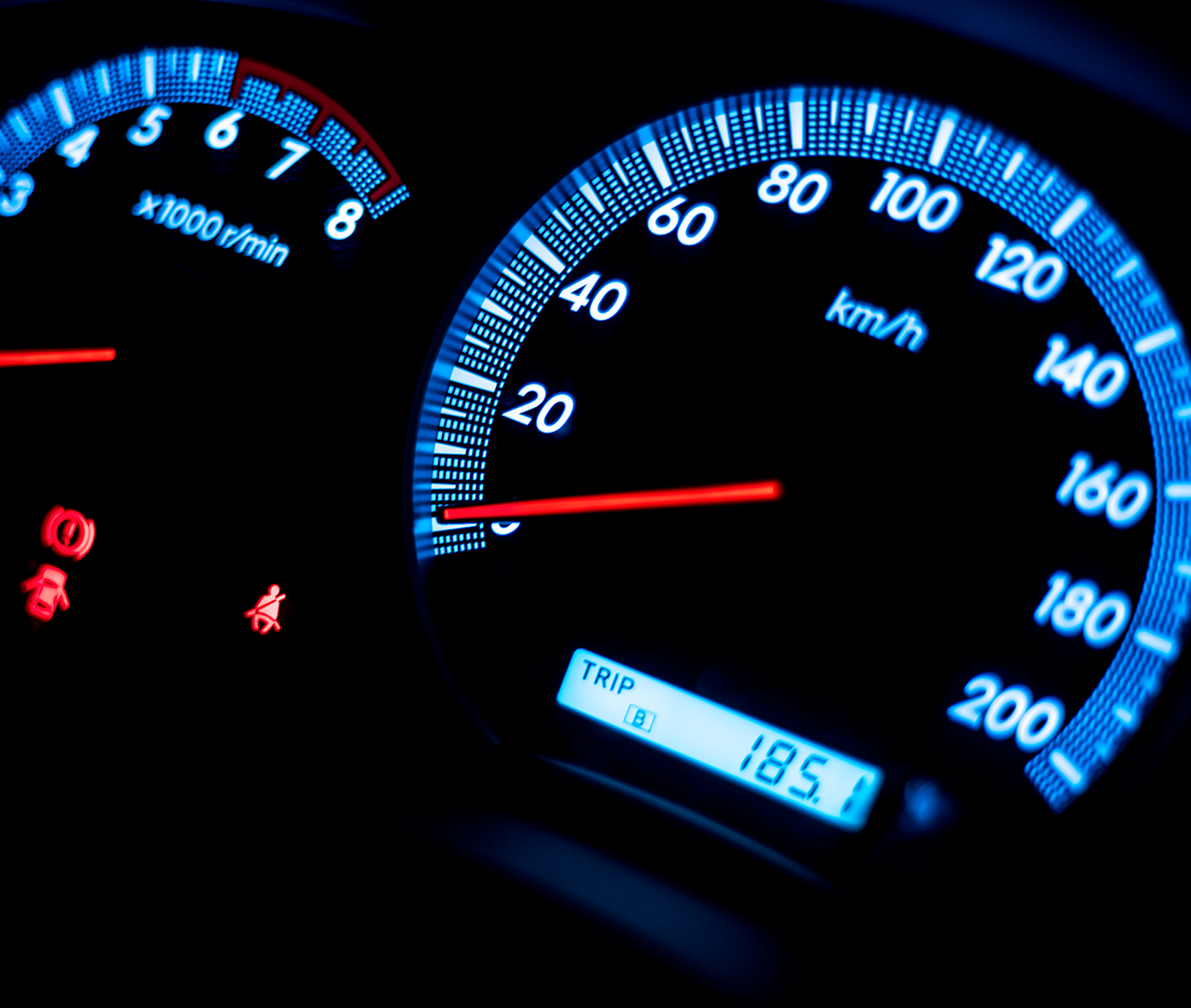
Safe Speeds
A small increase in speed can make a big difference to the seriousness of a crash.
In a crash, the human body can only tolerate a certain level of physical force before death or serious injury is inevitable.
This is especially true for vulnerable road users such as pedestrians, motorcyclists and riders, children and older people. That’s why setting safe speed limits, as well as ensuring drivers comply with these, is critical.
Speed limits are set so vehicles travelling at the speed limit are able to safely respond to potential risks in the road environment. Lower speed limits for example, are used in more built up areas where there are more people and vehicles around, to reduce the chance of crashes and people being seriously injured.
Speeding
Speeding includes travelling above the speed limit as well as driving too fast for certain conditions. As well as being identified as a contributing factor in around 40 per cent of fatal crashes each year in NSW, speed can worsen the severity of all crashes.
The higher the speed, the greater the impact so a small increase in speed can make a big difference to the seriousness of a crash. As a vehicle’s speed increases, so does the distance travelled in the time it takes a driver to react to a hazard and for the vehicle to come to a stop. On an urban road, driving only 5km above the 60km/h speed limit doubles the risk of a casualty crash.
High speeds are also associated extremely high risks of losing control of the vehicle on corners, curves or if evasive action is needed.
Today’s vehicles are designed to help avoid vulnerable road users, and to be more forgiving to them in a crash, but even the safest vehicles pose a significant risk of serious injury or even death if they strike a person when travelling at more than 50km/h.
While safer roads and improvements to vehicle design aims to minimise the consequences if a crash occurs, ultimately it’s a driver’s speed that will determine the outcome. 'Just a bit over' can be the difference between being able to stop in time or not at all, yet most drivers in NSW admit to casual speeding when they get behind the wheel.
Our ‘Casual Speeding. Every K counts’ campaign challenges motorists to rethink their attitude that driving slightly over the speed limit is not risky and encourages everyone to adjust their behaviour to not drive over the speed limit, at any level. The decision to drive ‘just a bit’ over the speed limit or driving too fast for the conditions has real risks and consequences that seriously impacts themselves and others.
If we all had a less casual attitude towards speeding and did not drive above the speed limit, together we could help prevent deaths and serious injuries on our roads.
